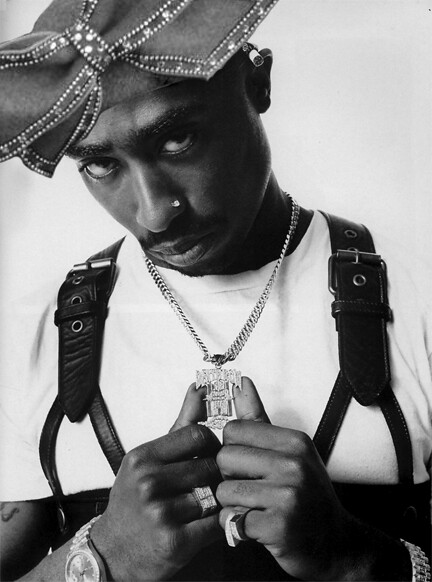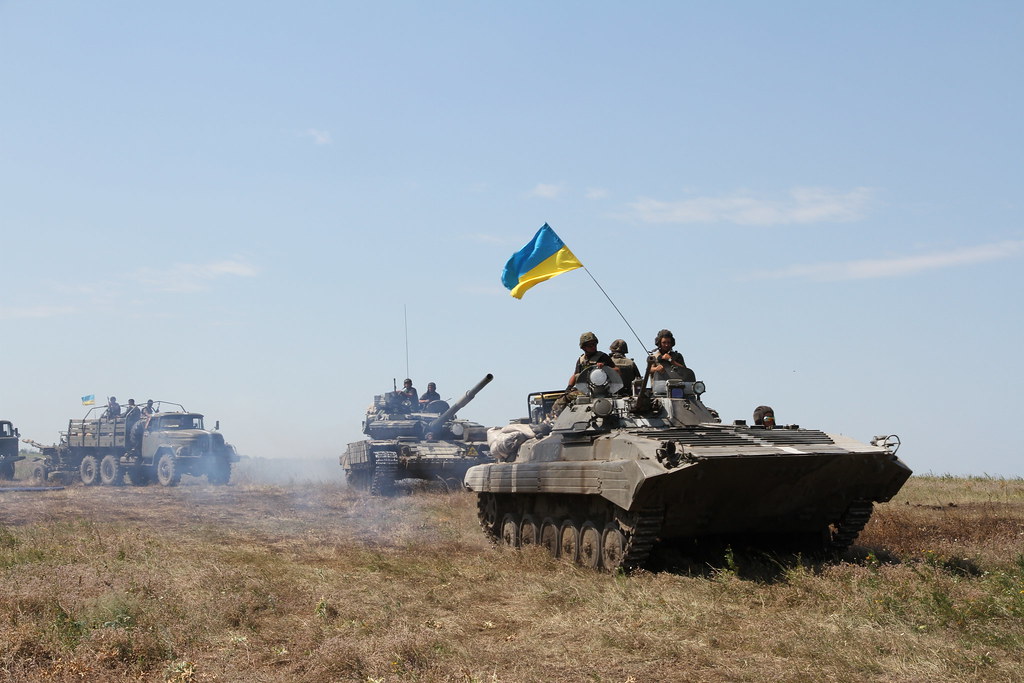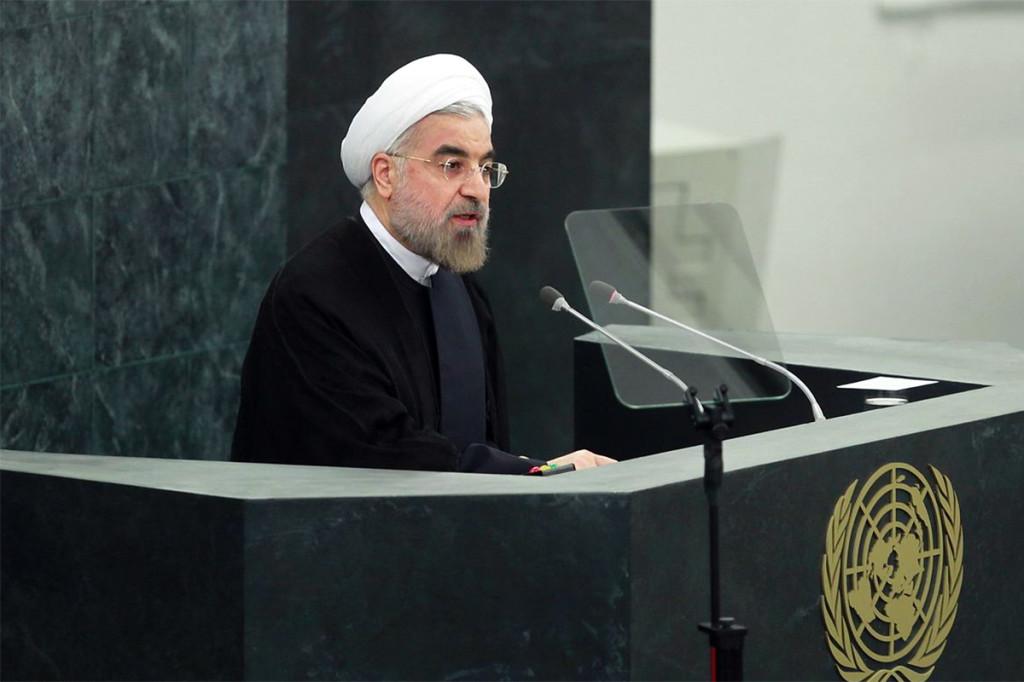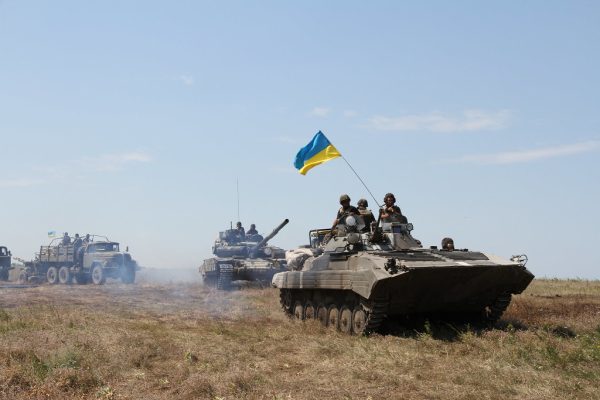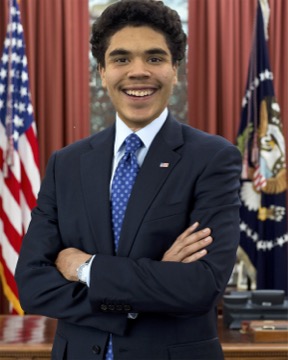Iran and USA Sign Nuclear Agreement In Geneva
March 2014
President of Iran, Hassan Rouhani, was present at the Geneva Interim Agreement in November
On November 24, 2013, Iran and the United States made their first formal agreement in 34 years. The Geneva interim agreement, officially titled the Joint Plan of Action, was signed between Iran and the P5+1 countries in Geneva, Switzerland. The agreement calls for a short-term freeze of portions of Iran’s nuclear program in exchange for decreased economic sanctions on Iran.
Iran’s nuclear program was made public in 2002 after an opposing group in the country revealed the secret construction of a uranium enrichment plant in Natanz and a heavy water reactor in Arak. Once this was discovered, the Iranian government agreed to inspections by the International Atomic Energy Agency (IAEA). The country insisted that it had the right to nuclear energy and that it was being used for peaceful purposes only. Major world powers, however, believed that Iran was being dishonest about their nuclear program and was attempting to build a nuclear bomb. The IAEA was unable to confirm Iran’s claim that their program was for peaceful purposes only, and the US and several European countries urged Iran to stop enriching uranium. Enriched uranium can be used for nuclear civilian purposes, but if the uranium is enriched to ninety percent purity, nuclear weapons can be made.
Talks were halted in 2005, after the election of President Mahmoud Ahmadinejad. Since then, the Security Council has adopted six resolutions that imposed sanctions on Iran and required the country to stop enriching uranium. Despite the resolutions, Iran continued to enrich uranium. Therefore, in 2012, the United States and European Union attempted to cripple Iran’s economy by imposing more sanctions on Iranian oil exports and banks.
In November 2013, the Geneva interim agreement was signed. The agreement will only last six months, until July 2014. The agreement states that by the first day of implementation, January 20, 2014, Iran was beginning halt the production of near-twenty-percent-enriched uranium. Iran was also to start diluting half of the near-twenty-percent-enriched uranium stockpile in hexafluoride form and converting the rest to oxide form, which cannot be further enriched. The P5+1 and the EU will provide “limited, temporary, and targeted relief to Iran.” The White House has estimated that the total value of the relief lies between six and seven billion dollars. Many of the sanctions placed on Iran will continue, including ones that target oil and banking.
President Barack Obama said the deal would “cut off Iran’s most likely paths to a [nuclear] bomb,” while President Rouhani of Iran said, “No matter what interpretations are given, Iran’s right to enrichment has been recognized.” Iran’s Supreme Leader, Ayatollah Khamenei, who has final say in nuclear matters, called the agreement an “achievement” and a “success.” The agreement has been criticized by Israel, a country that sees Iran’s nuclear program as a threat to its existence. Israel’s prime minister, Benjamin Netanyahu, called the deal “a historical mistake.”
Implications of the agreement began on January 20, 2014, and senior officials of the P5+1 and Iran met on February 18 through 20 in Vienna to discuss a plan for future negotiations. The six countries made “a good start,” and the European Union Foreign Policy Chief Catherine Ashton told reporters, “We have had three very productive days during which we have identified all of the issues we need to address in reaching a comprehensive and final agreement.” The next senior-level talks take place on March 17, 2014 in Vienna.


